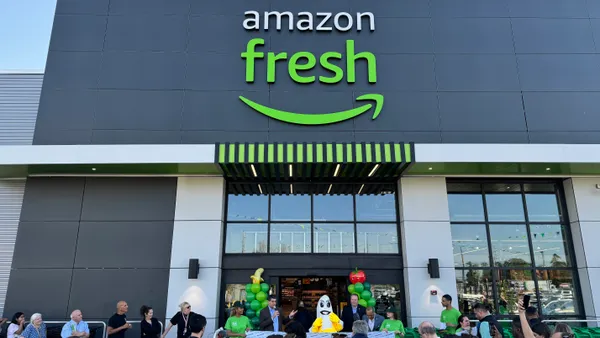Editor's note: The following is a contributed piece by Jennifer Riley, vice president of product management for Hodges-Mace, an employee benefits tech and services vendor.
Benefits are an enormous piece of total compensation, yet most employees are clueless about the true value of their benefits. A recent report released by the U.S. Bureau of Labor Statistics (BLS) showed that employee benefits comprise 30% of the average worker's paycheck. The BLS also reports employers spend $825 per month on benefits per employee. And according to a report by the Society for Human Resource Management, more than 60% of employees value their benefits over pay.
Here's another alarming stat: 47% of employees are actively looking to change jobs, and if they leave their current position, it costs the employer two times their salary to replace them. One significant source of employee dissatisfaction is failure to understand what a benefits package contains. Clearly the onus is on the employer to rectify this situation quickly.
With rising healthcare costs and increased competition for top employees, staying ahead of the curve is more important than ever. Delivering innovative employee benefits plays a key role in determining an organization's bottom line and competitiveness. Sadly, the technologies used to improve other business functions are often underutilized in this area. How can HR be certain employees fully understand, appreciate and utilize their benefits? One way is to introduce an employee benefits app to provide fingertip access 24/7. Mobile access to benefits improves ROI for benefits while keeping the workforce engaged and informed. Here are four ways a mobile app revamps an organization's ability to effectively deliver benefits:
#1: Makes benefits accessible for employees
Did you know that only 4% of employees can define copay, coinsurance, deductible, and out-of-pocket maximum? When employees can't comprehend their benefits, or struggle to navigate a mountain of benefits paperwork, emails and ID cards, they tend to throw up their hands and not use their benefits. On the flip side, when employees understand their benefits, they are more likely to use them effectively. A mobile-benefits app increases benefit accessibility and ease-of-use by consolidating educational and administrative resources via employees' phones.
#2: Increases employee engagement
When 70% of employees believe their employer has little concern for their financial wellbeing, it’s safe to say the engagement gap is real — and large. Poor engagement levels are often driven by a lack of understanding and an undervaluation of benefits. With an employee benefits app, employees and their families not only learn about, but also truly feel the impact and value of their benefits in day-to-day life. Mobile apps facilitate a variety of engagement initiatives, including geo-location features for finding on-the-go care and employee assistance programs, where employees can further explore topics like psychiatric care, wellness, good questions to ask their doctors and other benefits, such as their paid time off or 401(k) plan.
#3: Boosts employee retention
As companies struggle to find and keep top talent, employers must discover and embrace proven retention strategies. When employee benefits are clear, easy to use, and readily available, employees feel better about their relationship with their employer. This increased loyalty helps employers mitigate the high costs of turnover and employee replacement.
A mobile benefits app allows employees to navigate their benefits in a way that leaves them feeling empowered and appreciative, boosting loyalty and helping organizations save on expensive replacement costs.
#4: Consolidates data to contain costs
The average office worker receives 132 emails a day. Fortunately, an employee benefits app can combat digital overload by consolidating benefits information in one mobile platform. The beauty of a mobile app is it reduces the number of apps employees have cluttering their phones to a single resource for benefits information and employer communication. Employers can also benefit from the analytical capabilities of an app. For employees with diabetes, hypertension or other managed conditions — or even employees who are simply going to the ER for avoidable reasons — targeted messaging and health tips can improve their decision-making and guide them toward more cost-effective measures, such as telemedicine.
Mobile apps prove win-win
As employee benefits apps gain traction, employers are experiencing increased enrollment completions, higher engagement/retention rates and reduced healthcare costs. Mobile makes benefits information more intuitive and easier to access, which allows employers to interact with their employees in a more meaningful way. It also enables employers to actively demonstrate the value of their benefits throughout the year, not just during annual enrollment. Employees gain simplified access to personalized benefit information on their smartphones — they also gain an awareness of how much their employers value their well being, which increases trust and loyalty. The bottom line is a dramatically enhanced employee experience and tangible ROI.











